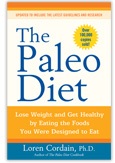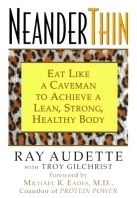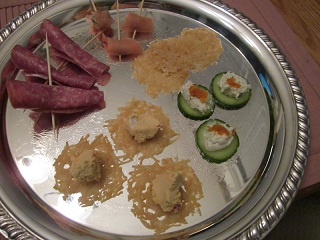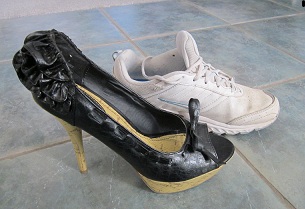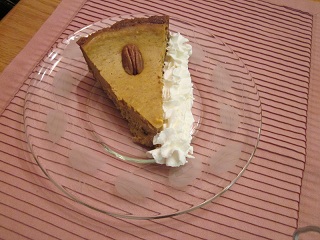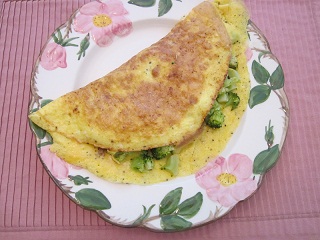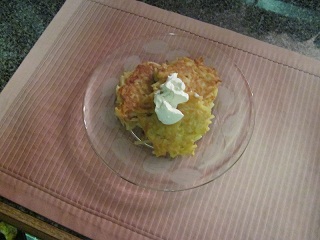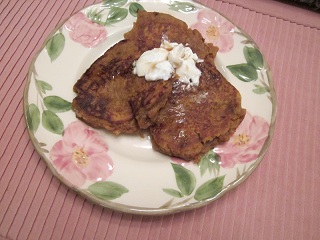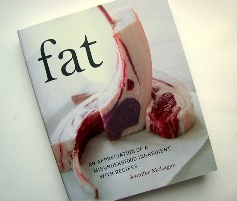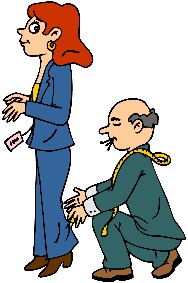 Before I start a range war, let me say that I love dogs and cats. I had both growing up, and the only reason I don’t still have both is that my son is terrified of dogs. (He’s not all that wild about the cat, but he and the cat manage some sort of detente by pretending that the other doesn’t exist.) Plus, and this is where the eating philosophy comes in, you can leave a cat for the weekend with a bowl of food and water (and a litter box). Not a dog.
Before I start a range war, let me say that I love dogs and cats. I had both growing up, and the only reason I don’t still have both is that my son is terrified of dogs. (He’s not all that wild about the cat, but he and the cat manage some sort of detente by pretending that the other doesn’t exist.) Plus, and this is where the eating philosophy comes in, you can leave a cat for the weekend with a bowl of food and water (and a litter box). Not a dog.
Preying Together as a Family
In the dim reaches of their ancestral history, dogs and cats developed radically different eating styles because they had radically different hunting styles. Canines hunt in packs. They surround, drive, and wear down their prey until the prey are too tired to fight back or evade attack any longer. This method allows a pack of hungry wolves to routinely bring down prey that are physically much larger than a wolf. Once the, say, moose is brought down, it’s every wolf for himself, and the faster you can eat, the more of the moose you’ll get. The wolves will eat until every scrap of moose is gone, then gnaw on the bones and sniff the ground hopefully for a stray moose morsel.
This behavior is still instinctive for your dog, so when you put food in his bowl, he will eat it down to the last scrap, lick the bowl, then give you the “hungry eyes” in case he can catch you in a weak moment.
(This is hugely oversimplified, because there are incredible social complexities at work, but that would take waaaaay too long to explain. If you are inherently fascinated by the ancestral roots of your pet’s behavior, I recommend the books by Elizabeth Marshall Thomas, specifically The Hidden Life of Dogs and The Tribe of Tiger.)
This behavior is still instinctive for your dog, so when you put food in his bowl, he will eat it down to the last scrap, lick the bowl, then give you the “hungry eyes” in case he can catch you in a weak moment. If you were going away for the weekend, and you tried to leave out enough dog food for your whole trip, chances are good that your dog would eat it all, throw up, and since you’re not there to clean it up and he’s a dog, eat it again. If he’s an older dog and his appetite isn’t what it used to be, you’ll come back to find your dog happily mesmerized by the neighborhood wildlife eating out of his bowl. (In my neighborhood, oudoor pet dishes draw birds and squirrels by day and raccoons and possums by night. It’s kind of a hoot to watch two raccoons sitting back on their haunches, reaching into the bowl, and snacking on kibble like they’re bored cocktail party guests around the nut bowl.) In his mind, they’re pack members, and hey, they’ve got to eat, too.
Alone at the Top of the Food Chain
Not so the feline. Cats hunt alone, by a combination of stealth and speed. A cat doesn’t have to share its kill unless it’s feeding offspring or the pride leader. (This is why your cat brings you “treats” when she hunts. It’s a compliment. Be polite, say thank you, and throw the lizard half or mouse parts in the trash when Kitty isn’t looking.) As a result, cats only hunt when they’re hungry. I spotted a feral cat hunting in my yard, which alarmed me, because I habitually put food out for birds and other wildlife, and I didn’t want to entice them into a trap. Instead of constantly “shooing” the cat, I put out a bowl of cat kibble. It took only two days for “Outside Kitty” to realize that food she didn’t have to chase was the way to go. The squirrels still let me know when OK is around, but the wildlife can now feed happily within a few feet of the cat, and as long as the cat has kibble, she doesn’t bat at eyelash at the birds.
That same weekend getaway is a breeze with a cat. Put out a demand feeder, a large bowl of water, and a litter box, and Kitty will nibble when she’s hungry, drink when she’s thirsty, then wander off for a nap, and return when she’s hungry again. (The often solitary existence made it safer for felines to bury their scat so as not to betray their presence to enemies; canines enjoyed the safety of the pack and felt perfectly at ease pooping wherever they liked.) You may have to put up with “drama cat” behavior or poop in punitive places when you return, but you won’t have to worry that Kitty went hungry.
The Tao of Meow
So what does this mean for us? Somehow, we have learned to eat like dogs. Maybe it’s instinctive famine-proofing behavior, or the result of living in extended family groups where there’s competition for the food. Maybe it’s our mothers telling us about the starving children in impoverished countries. Whatever caused it, we all seem to be the punch line of the “seafood diet” joke. When we see food, we eat it. It doesn’t matter if we’re hungry, and it often doesn’t matter if we really want it. How many times have you taken a snack from a nut dish or candy dish, or sampled a plate of hors d’oeuvres, and eaten something that you wouldn’t have stood up and walked into the kitchen for? If your waiter didn’t bring you chips and salsa for free when you sat down at a Mexican restaurant, would you order them and pay for them? Probably not, yet you’ll eat until the chips are gone, and if your dinner isn’t there by that time, you’ll ask for another basket of chips. You may have consumed a meal’s worth of calories before your meal ever arrives.
Try to start eating like a cat. Go to where the food is only when you’re actually hungry, not bored or self-conscious. (If you’re at a cocktail party and you have a drink or a plate of canapés in your hand, you look occupied, and your hands are busy.) Put away nut bowls and candy dishes. Put the cookie jar on the highest shelf where it’s hopefully “out of sight, out of mind” and at worst, you’ll have to expend some effort and climb for it. If your house is like mine, the kitchen is smack in the middle of where most of the living goes on (the laptop I’m typing on is on the breakfast table), so make sure actual edibles are put behind closed, non-see-through doors.
If you find yourself accidentally where the food is, try to think about reaching out for that tidbit you don’t want with your cat claws out. Imagine retracting your claws before you do any damage. Better yet, imagine trying to fit into one of those skin-tight catsuits that get inflicted on every actress unfortunate enough to be cast as Catwoman. If you need a fun reminder, pick up one of the gazillion bracelets the Hello Kitty folks are licensing, like this one, and wear it on whichever hand you use to reach for snacks.
Unless you were raised in the workhouse with Oliver Twist, you have probably never been in a situation where you had to gobble down food before someone took it away from you. Eating is not a race (and do not get me started on what I think of “competitive eating”–how many kinds of wrong is that?). The more slowly and selectively you eat, the more time your brain has to tell your stomach (and your hand) that you don’t truly want another tempura shrimp or bite of fondue. Be choosy. Eat like a cat. You don’t want to be a dog, do you?

